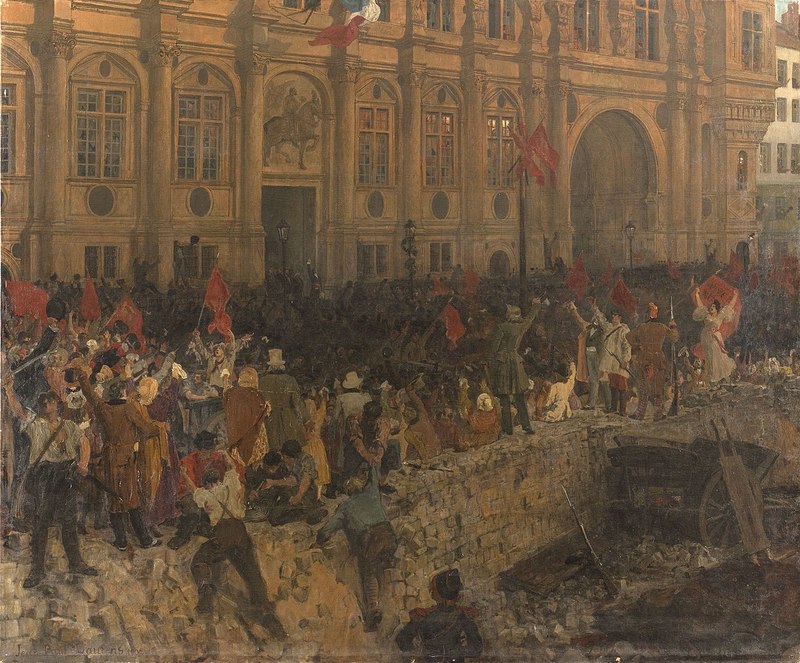Reading the French Revolution of 1848 through Ephemera
1848 was a year of spectacular political and societal revolutions across Europe that remains as the most widespread revolutionary wave in the continent's history. Among the countries that experienced a revolution was France—the country’s third in the preceding sixty years.
Also referred to as ‘The February Revolution,’ it was triggered by growing discontent from the French urban bourgeoise and middle class towards the July Monarchy which had been fuelled by a slow tightening of political and economic prerogatives towards landed aristocracy, and restrictions on political expression. From February 22 to 24, 1848, the King was ousted and led to the establishment of a provisional Government. The following months would prove tumultuous as the Provisional Government degraded to Executive Commission and weak cabinets.
It was a time of fierce political opposition, as radical new ideas like socialism started developing and permeating itself throughout political discourse in the era. Moderate republicans started becoming sympathetic to the bourgeoise cause. Civil unrest continued throughout the year, with the streets of Paris devolving into violent mobs and streets laden with barricades. It culminated in a violent uprising that forced the assembly’s hand and paved the way to a new constitution and a newly created government position—the presidency. Among the chaos a man named Louis-Napoleon—the nephew of Napoleon Bonaparte—began his political climb (and after numerous coup attempts), succeeding in winning the election.
The relatively unsurprising subsequent conversion of the Second French Republic to Second French Empire by the newly crowned Napoleon III was an event so jocularly akin to the proceeding imperial ascension of Napoleon Bonaparte in 1804, that Karl Marx eloquently observed that “all great world-historic facts and personages appear, so to speak, twice... the first time as tragedy, the second time as farce"
The William Ready Archives at McMaster hosts one of the largest collections of the political ephemera from the 1848 French Revolution in Canada, and through these posters can one begin to appreciate their widespread adoption and importance in crafting the public’s opinion and their mobilization.
Join us on a journey through 1848 to explore these posters in beautiful detail, and experience political movements and news through the same lens as a Parisian urbanite would have at the time.
